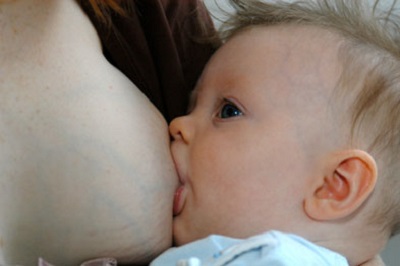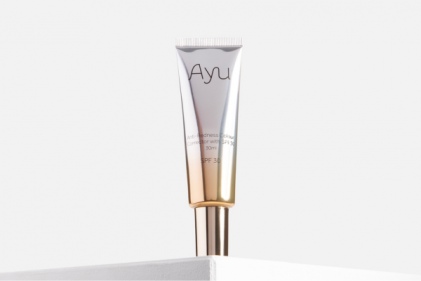 Baby's poo is a topic discussed among parents everywhere. Your baby's poo can tell a lot about your baby's general health, and your baby's general health is something every parent is concerned about. Baby's poo normally comes in different colours, textures and odours; this is based on what your baby is drinking and eating - breast milk and solid food.
Baby's poo is a topic discussed among parents everywhere. Your baby's poo can tell a lot about your baby's general health, and your baby's general health is something every parent is concerned about. Baby's poo normally comes in different colours, textures and odours; this is based on what your baby is drinking and eating - breast milk and solid food.
After your newborn baby is born, their first poo is called meconium. Meconium is a thick, sticky residue; it is generally greenish-black in colour. Meconium is a substance which is in your baby's intestines while she is in utero. It is a mixture of amniotic fluid, bile and secretions from the intestinal glands. Meconium is normally passed on day one or two. It is important that your baby passes meconium within 48 hours, or your baby could start to reabsorb the bilirubin that is meant to be passed through the meconium. This, in turn, could rise your baby's bilirubin levels, and may lead to jaundice. The most successful way to help your baby pass meconium is to feed your baby regularly, at least eight to 12 times in 24 hours. Breastmilk has a natural mild laxative affect on your baby's digestive system, therefore, helping to pass the meconium. By day three or four, your baby's poo will be a greenish colour; this is referred to as transitional stool. By day five, it will be a yellow and seedy colour. These are all signs that normal digestion is occurring in your breastfed baby.
A yellow and seedy poo in a breastfed baby is totally normal. Breastfed babies' poo can have a mild smell (dependent on what you have eaten), it might sound loud, and it is often loose. A seedy-looking or a watery-looking yellow poo is normal in breastfed babies, too. Breastfed babies will poo at least once or twice in the first two days; by day three or four, they will poo at least three times; and from day five to week five, they will poo at least three times a day. From six weeks to six months, your breastfed baby will poo once or more every seven days.

An occasional green poo in a breastfed baby is not unusual and should normally not cause concern. However, consistent green poos are not normal and can indicate a number of problems including a sensitivity to something in your diet, such as dairy products. A frothy green poo can indicate an imbalance in your foremilk and/or hindmilk. A greenish-brown poo can be an indicator that you have just moved onto solid foods. Some solid food such as leafy green vegtables, carrots (orange colour) and sweetcorn (yellow colour in poo) will stain the poo more that others.
Greenish poo with a mucous-like texture, that are frequent, loud and much looser and profuse, can be a sign of infection caused by a virus, bacteria or parasite. The main ways in which babies can pick up viral or bacterial infections is through contaminated foods, water, or baby touching contaminated surfaces and then placing their hands in their months. These type of poos are also associated with teething, however there is little research to support this theory. The above might explain this, as teething babies like to place anything in their months to relieve the pain associated with teething. Therefore, it is a good idea to keep your babies' hands clean, and wash or sterilise your babies' toys, teething rings and soothers regularly. Make sure you also wash your hands after every nappy change, to prevent recontamination.
If you need additional breastfeeding support, you can contact a Lactation Consultant (IBCLC) or your health care professional, or attend a breastfeeding support group in your area.













